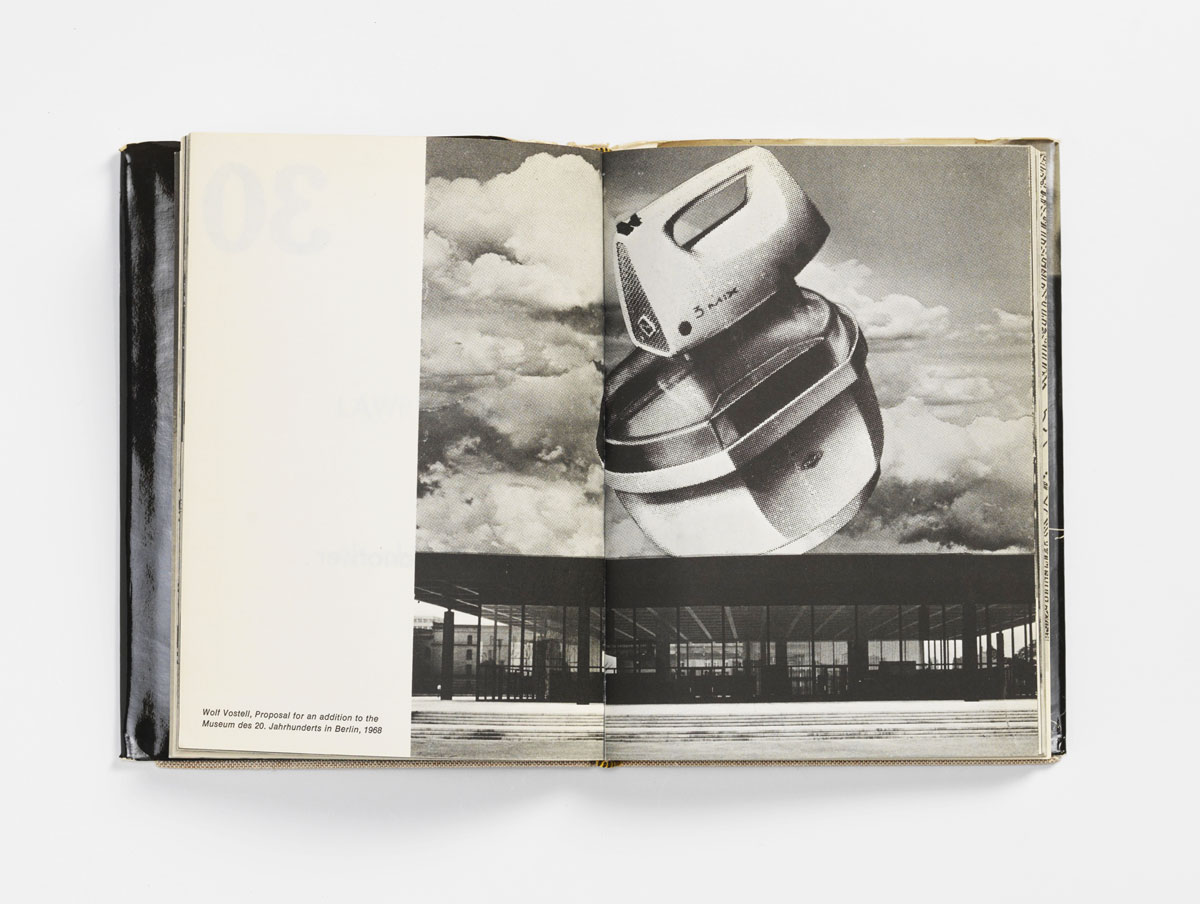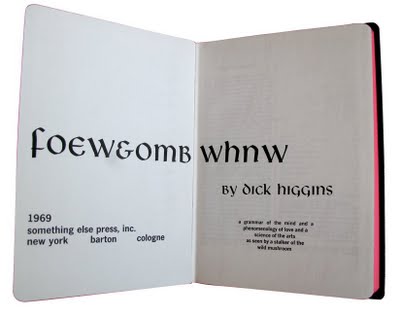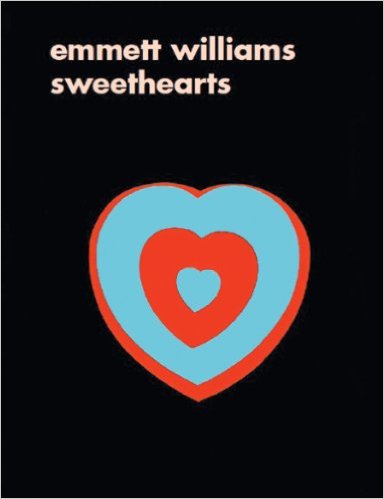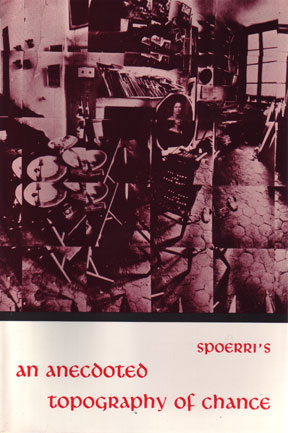
Emmett Williams
Soldier
Brest: Zédélé, 2014
[Stuttgart, Hansjörg Mayer ; New York, Something Else Press, 1973]
coleção Reprint
[88 p.]
20 x 15 cm
ISBN. 978-2-915859-38-6
Soldier est un livre de poésie concrète, où le récit est suggéré uniquement par la typographie. Page après page, le livre progresse du même pas que la mort…
Soldier é um livro de poesia concreta, em que a narrativa é evocada pelo uso exclusivo da tipografia. Página após página, a morte avança inexoravelmente através das linhas.
Soldier is a book of concrete poetry, where the narrative is evoked by the sole use of typography. Page after page, death advances inexorably through the lines.

Emmett Williams was an American poet. Between 1957 and 1959 he collaborated as an artist and poet with Daniel Spoerri in the Darmstadt circle of concrete poetry. In the 1960s, Williams was the European coordinator of Fluxus.

Soldier is the 5th book to be published in the Reprint collection curated by Anne Moeglin-Delcroix and Clive Phillpot.
“Entre 1966 e 1970, Emmett Williams (1925-2007) foi o editor, com Dick Higgins, da Something Else Press, que publicou um grande número de livros de artistas ligados ao movimento Fluxus. Um pioneiro dos anos cinquenta de uma nova forma de poesia chamada “poesia concreta”, em referência à arte concreta, em 1967 Emmett Williams montou a primeira coletânea de obras de poetas e artistas internacionais, An Anthology of Concrete Poetry, publicada simultaneamente por Hansjörg Mayer na Europa e Dick Higgins nos Estados Unidos. Ele definiu em sua introdução como poesia “direta”, “usando os elementos semânticos, visuais e fonéticos da língua como matérias-primas.” Em contraste com a expressão subjetiva da poesia tradicional, esta abordagem procurou usar um mínimo de recursos, concentrando-se sobre os processos de composição sistemática baseados na repetição, permutação e desenvolvimento mecânico, regidas por um protocolo pré-estabelecido.
“Between 1966 and 1970, Emmett Williams (1925-2007) was the editor, with Dick Higgins, of Something Else Press, which published a large number of books by artists linked with the Fluxus movement. A pioneer from the Fifties of a new form of poetry called “Concrete Poetry”, in reference to Concrete Art, in 1967 Emmett Williams assembled the first collection of works by international poets and artists, An Anthology of Concrete Poetry, simultaneously published by Hansjörg Mayer in Europe and Dick Higgins in the United States. He defined it in his introduction as “direct” poetry, “using the semantic, visual and phonetic elements of language as raw materials”. In contrast with the subjective expression of traditional poetry, this approach sought to use a minimum of resources, focusing on systematic composition processes based on repetition, permutation and mechanical development, governed by a pre-established protocol.
In 1973, again with Hansjörg Mayer and Something Else Press, Emmett Williams published four long autonomous poems, including SOLDIER, composed the previous year at the California Institute of the Arts, and collected in a single volume entitled A Valentine for Noël. The book was dedicated to his young pregnant wife, Ann Noël, whom he had met in 1968 when she was working for a year as Dick Higgins’ assistant, and who, as director of the graphics workshops at CalArts, helped the artist overcome the technical difficulties of changing over from manuscript to printed poems.
Later, Emmett Williams said: “My first ‘dying’ soldiers poem dates from 1970 during the war in Vietnam.” This first version of SOLDIER is a silkscreen print in red and blue. It is obvious that the later version – a sequence of 40 pages during which the reader sees the three red letters, DIE, gaining one line on each sheet – is visually more striking and politically more effective: by the simplest of means, it makes the inevitable advance of death in the column of soldiers typographically visible. For this re-edition, it also seemed obvious that the publication of the poem in a separate volume restored its implicit function as a flip book. The “playful” aspect present in all Emmett Williams’ works seems to have taken refuge here in the childlike form of these animated books, designed to give the impression of continuous motion. Far from undermining the tragic nature of the subject, the flip book form accentuates the protest against war as a killing machine. A flip book for adults, which remains highly topical.” (Text inserted in the book)
http://www.editions-zedele.net/reprint/soldier.html


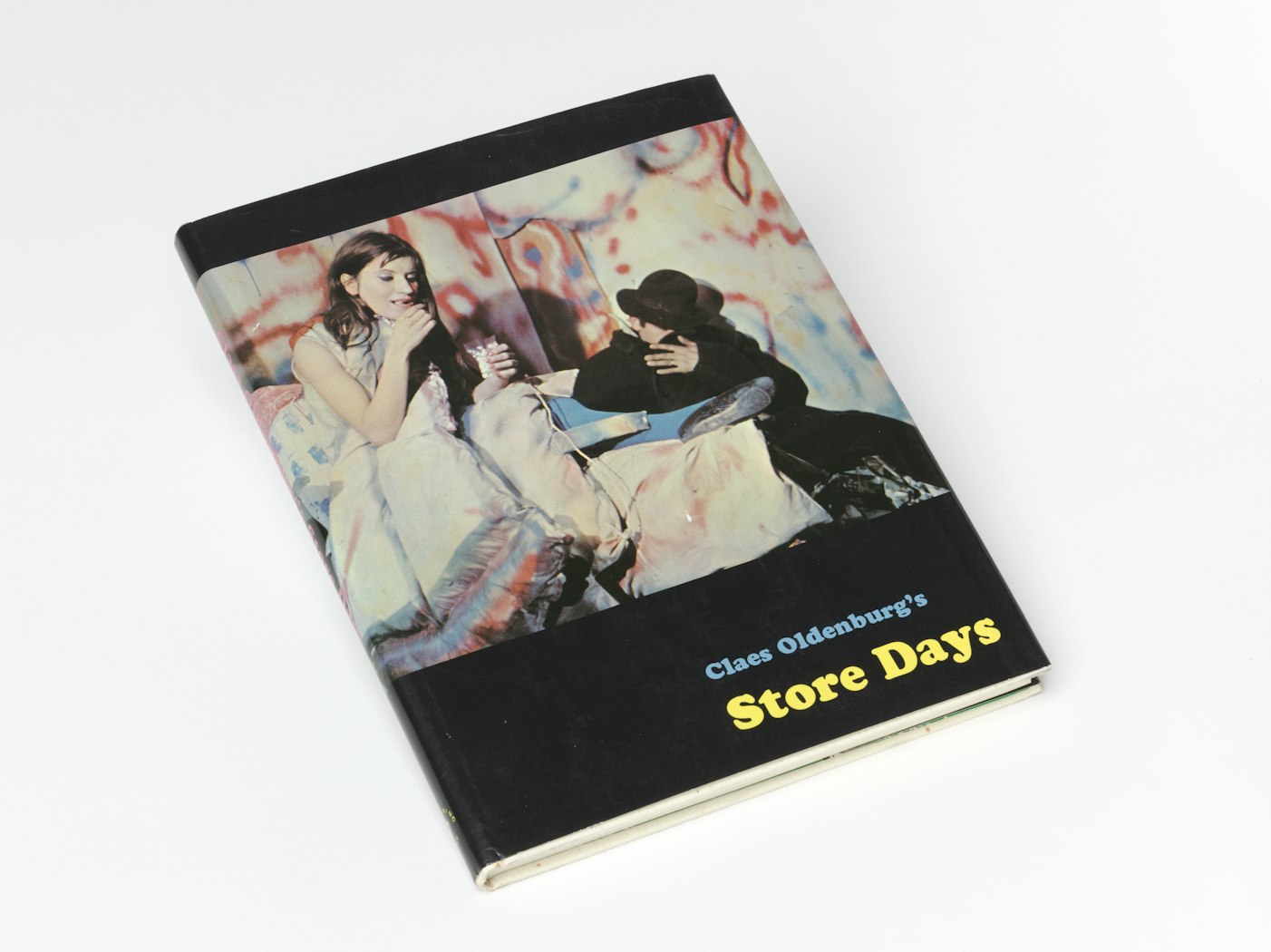


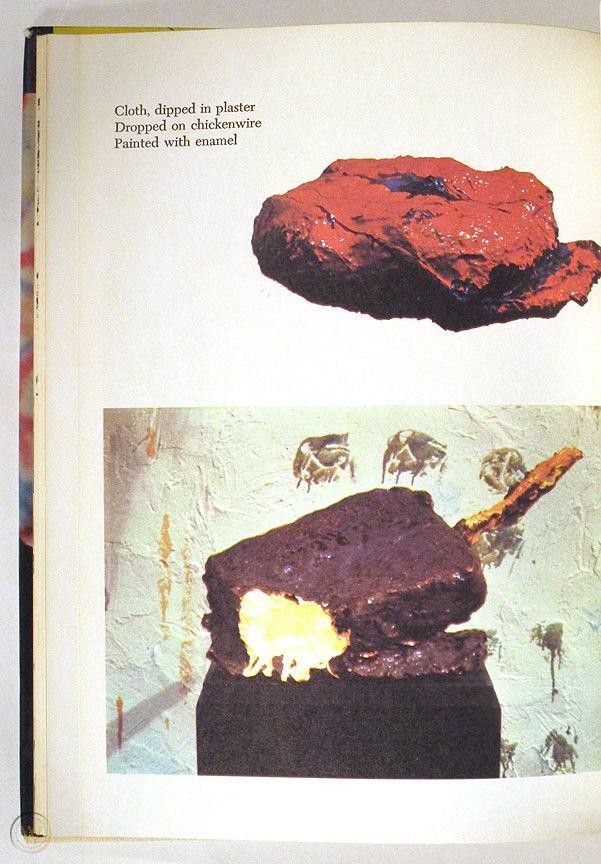
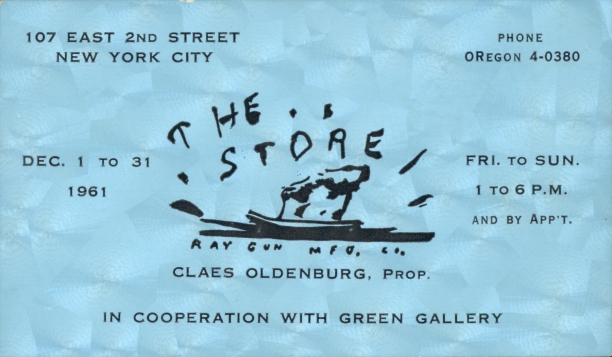
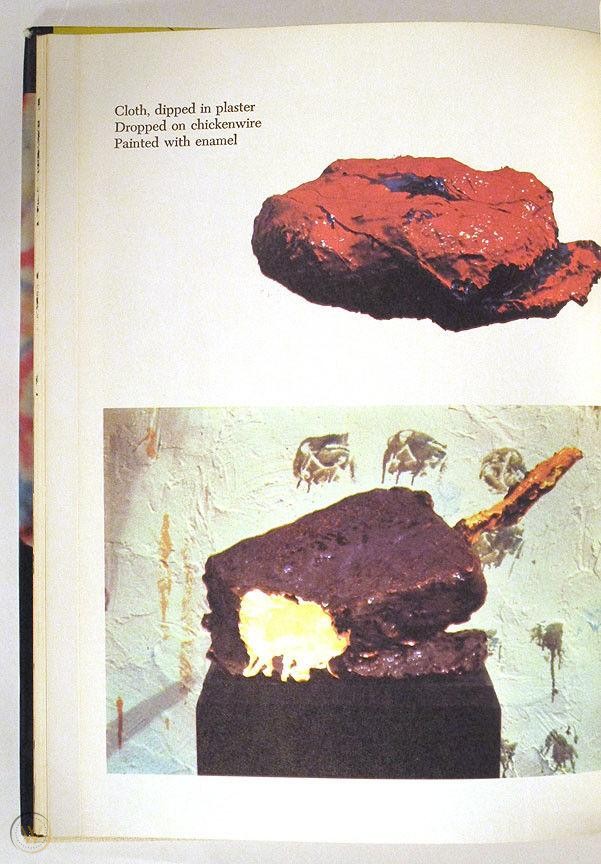

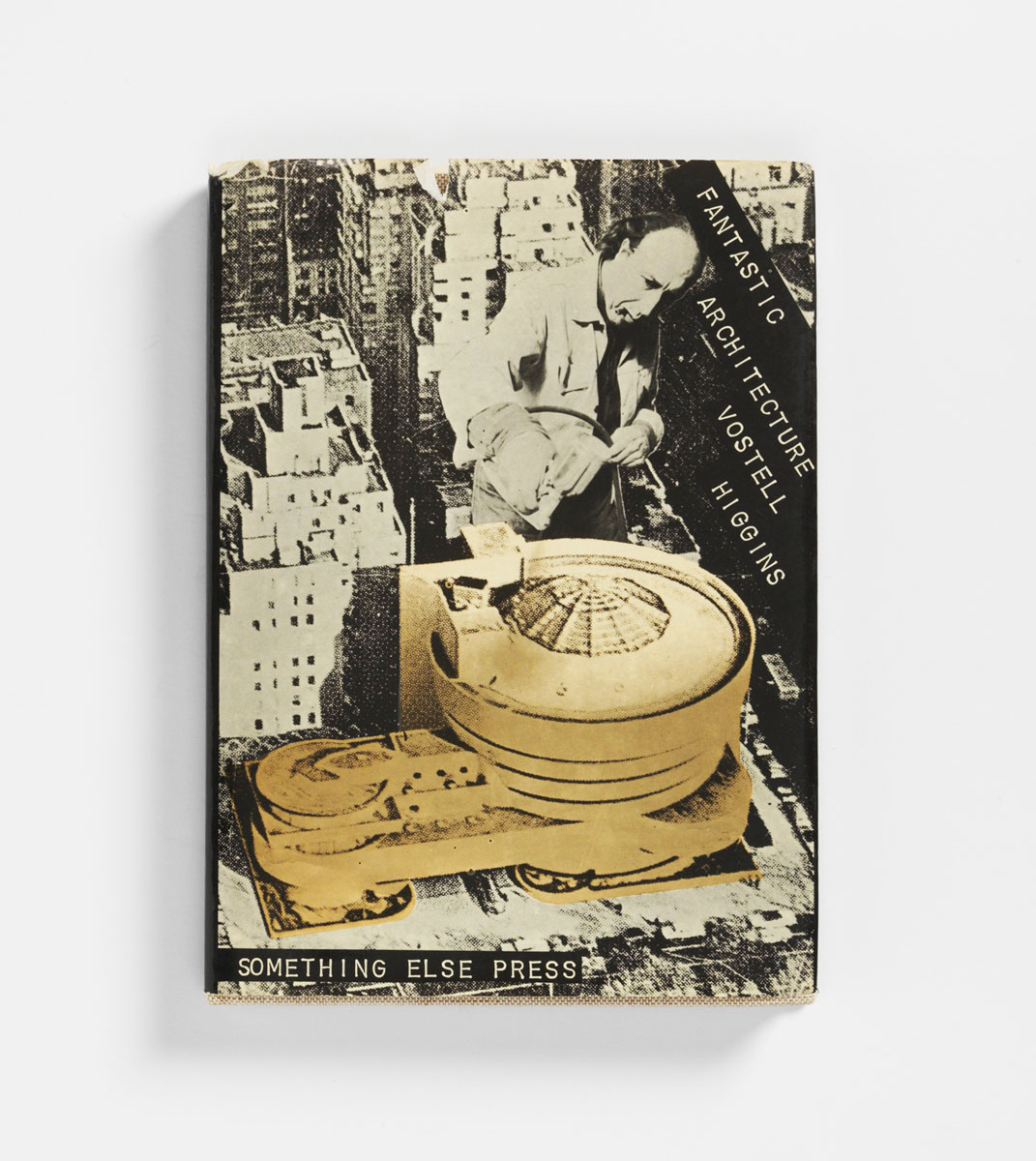 Various Artists
Various Artists